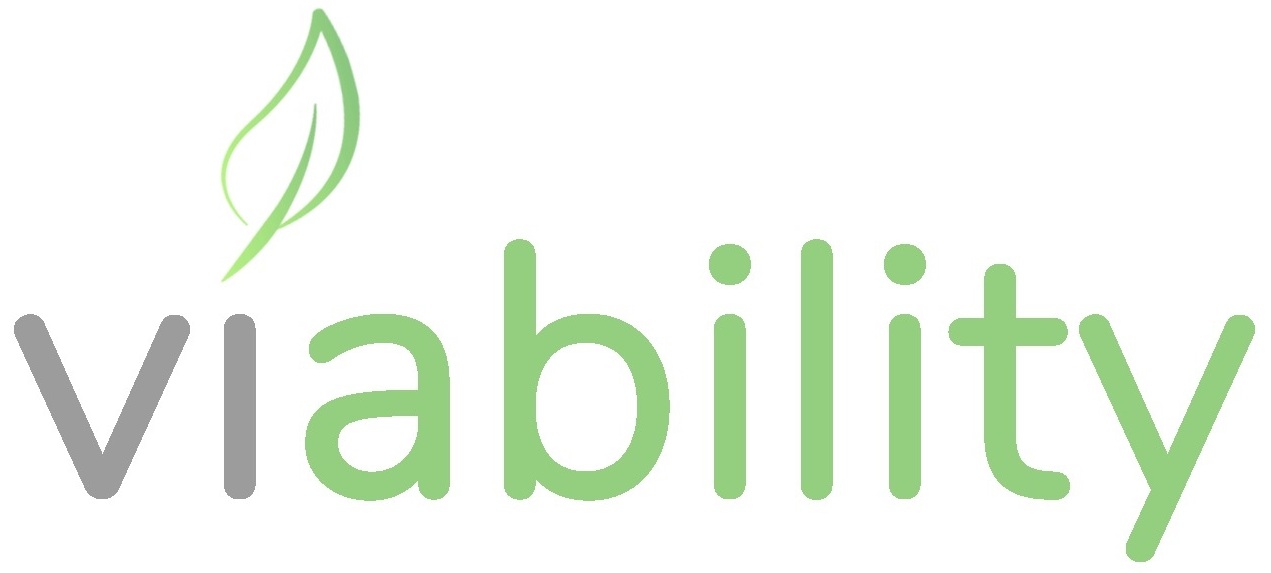A neurodiverse team co-creating brighter futures with our community
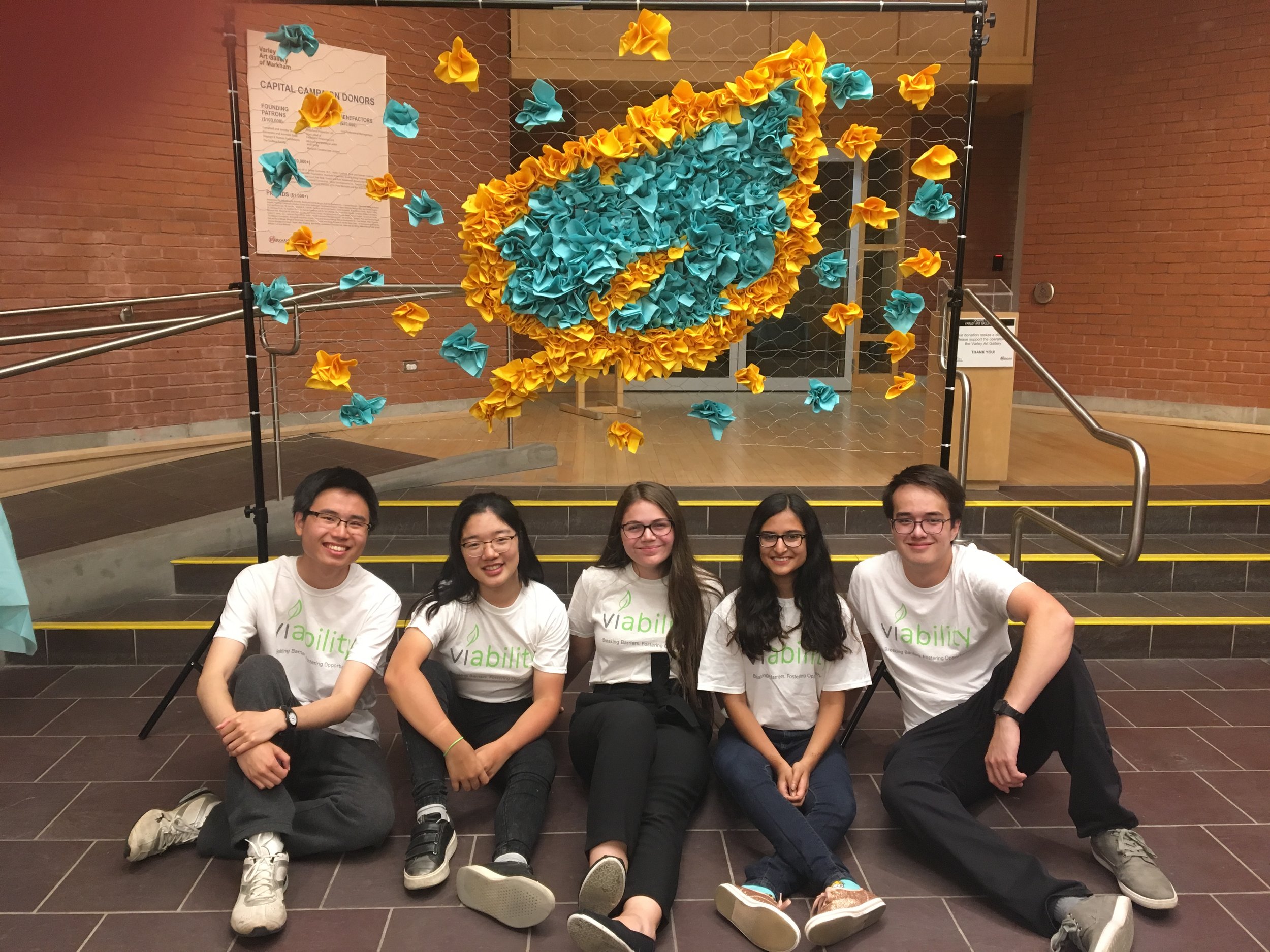
Five members of Viability’s team of diverse races and genders sitting in front of a blue and yellow tissue-paper photo wall in a leaf design. All members are smiling and wearing Viability t-shirts.
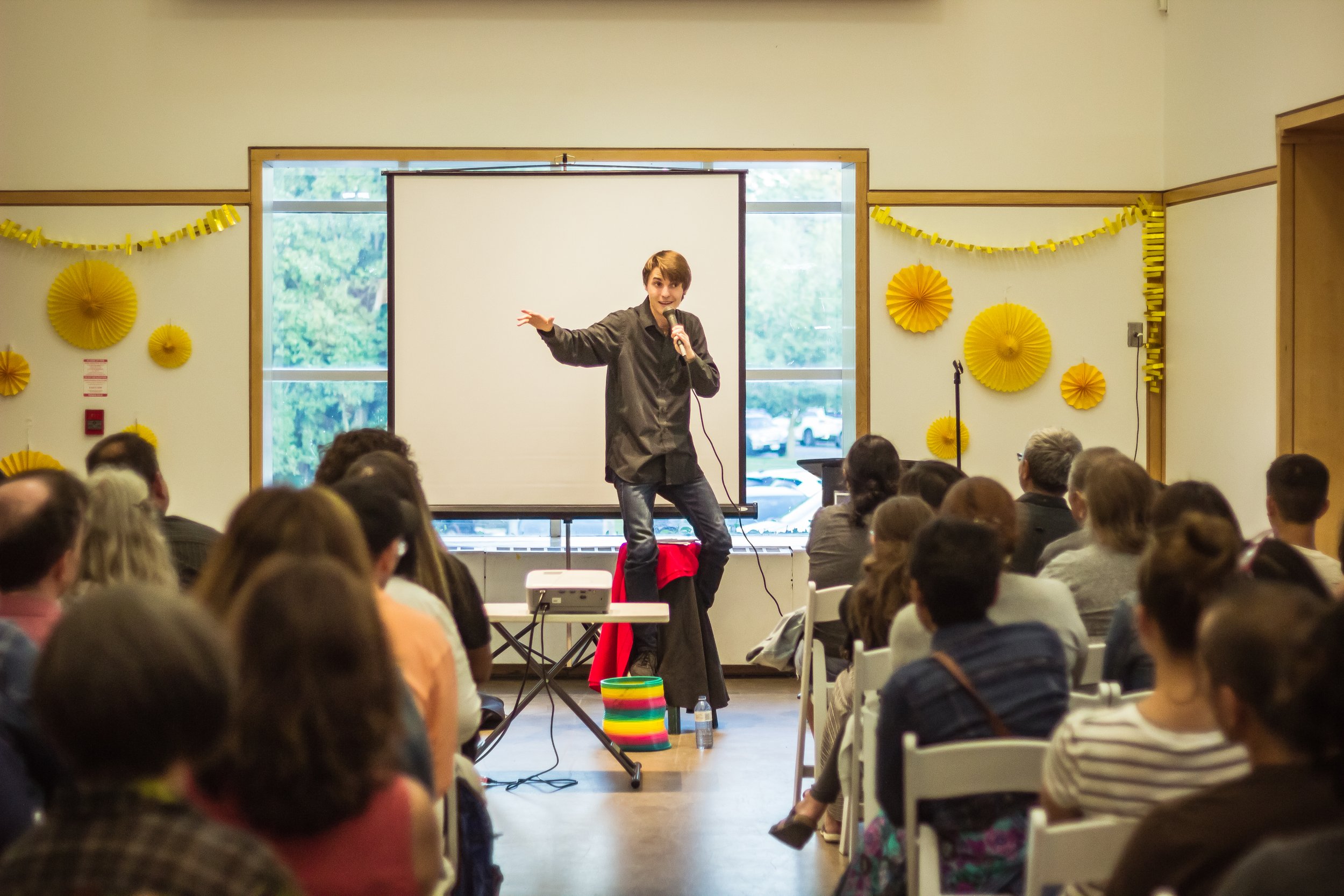
Comedian Michael McCreary (White, brown hair) performing stand-up in front of an audience. Yellow party decorations line the walls.

Four members of Viability’s team of diverse races and genders sit at a booth with a Viability banner. Pens and business cards line the table as well as two laptops. On the left is another stand-up banner with Viability’s contact information.
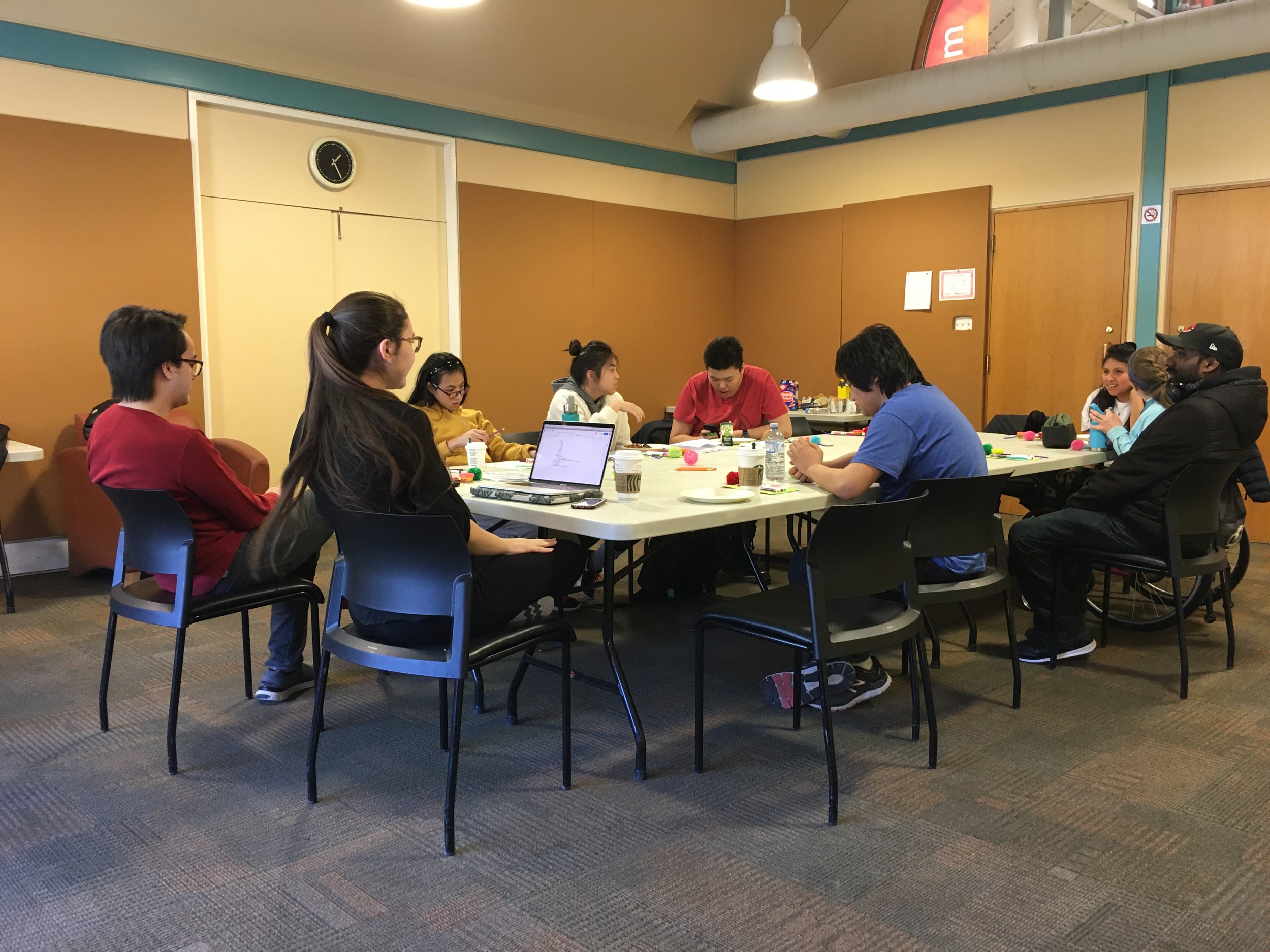
Eight members of diverse races and genders sit around a table in a meeting room. Snacks, stationary and a laptop are on the table.
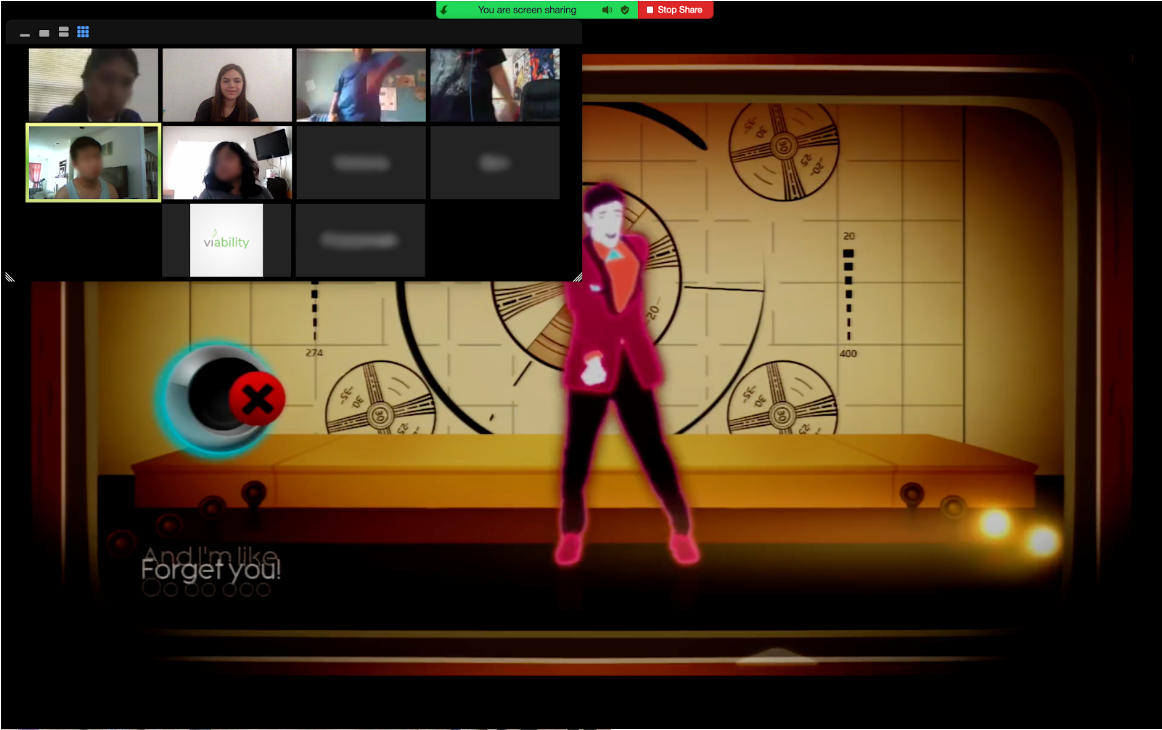
Screenshot of twelve members on Zoom playing Just Dance.





